Eurozone Sentix Investor Confidence rose to 29.8 in July, up from 28.1, but missed expectation of 30.2. Nonetheless, it’s still the 5th increase in a row, and highest since February 2018. Current situation index rose from 21.3 to 29.8, 5th increase in a row, and highest since October 2018. Expectations index, however, dropped from 35.3 to 29.8, lowest since December 2020.
Sentix said, “the result is impressive” but, “we are approaching a certain point of maximum momentum in the short term” as expectations dropped. “For the economy as a whole, this is not yet a worrying decline. For the equity markets, on the other hand, which are very much focused on investor expectations, this development could contribute to increased market volatility.”
It added, “in this environment, the ECB remains in focus. So far, there is no sign of a turn away from the expansive monetary policy. However, the inflation barometer, which remains clearly in negative territory at -38.25, underscores the danger of further rising inflation rates in a globally increasingly synchronised, strong economic upswing.”




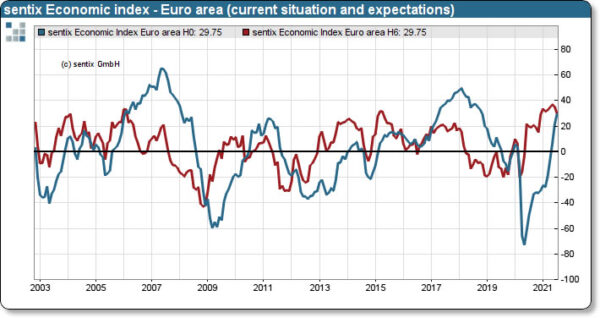
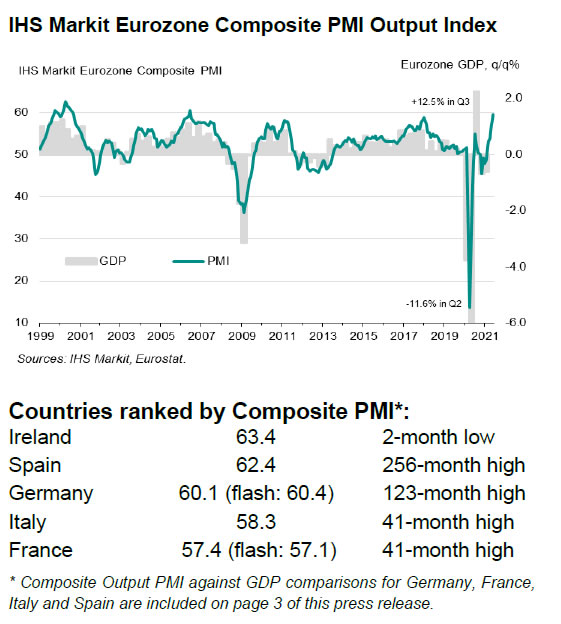
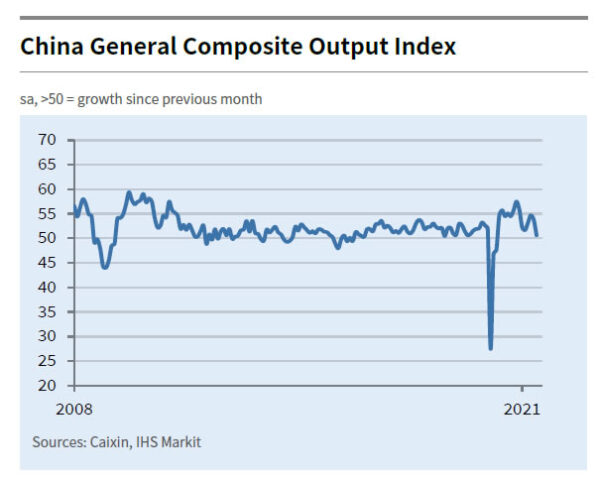
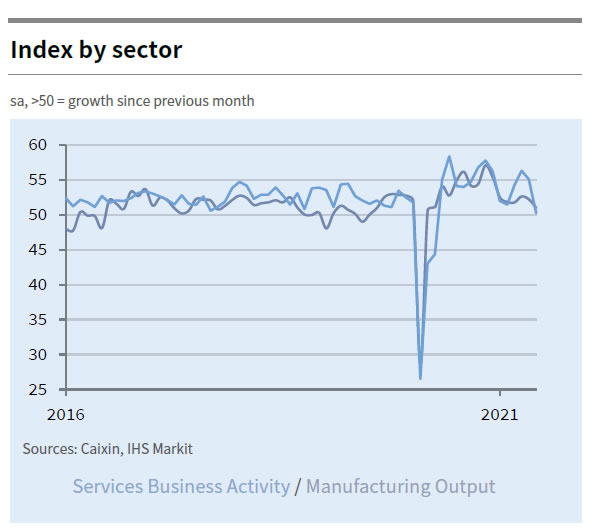
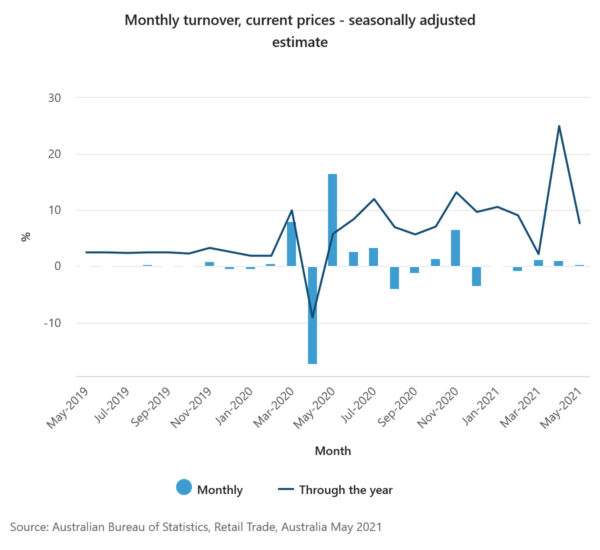

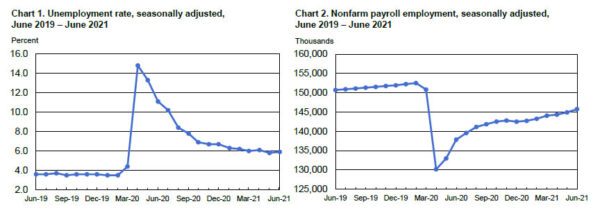
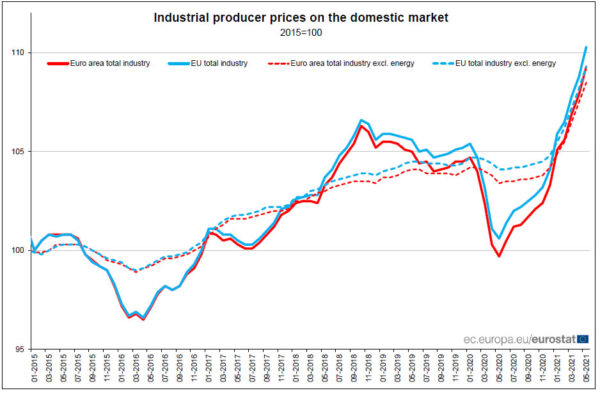
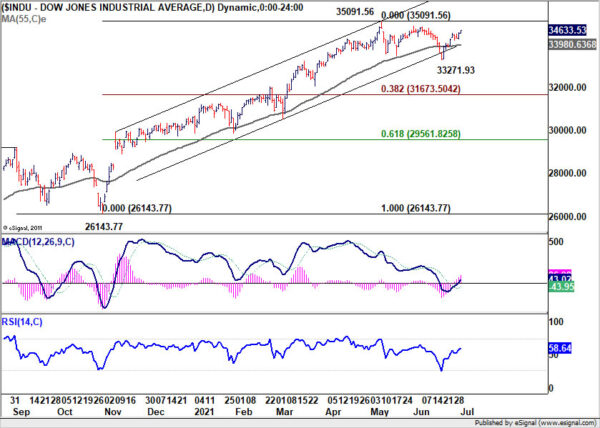
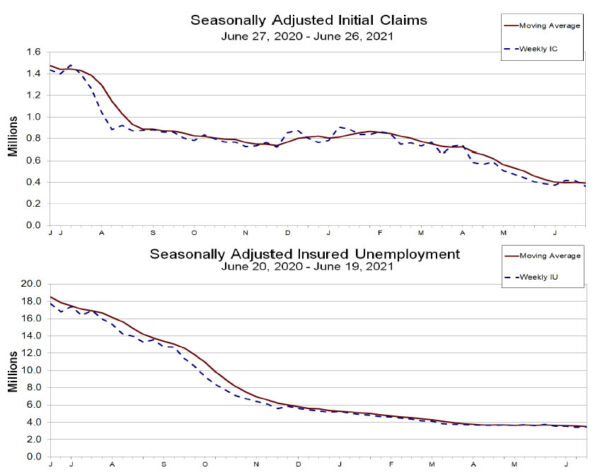
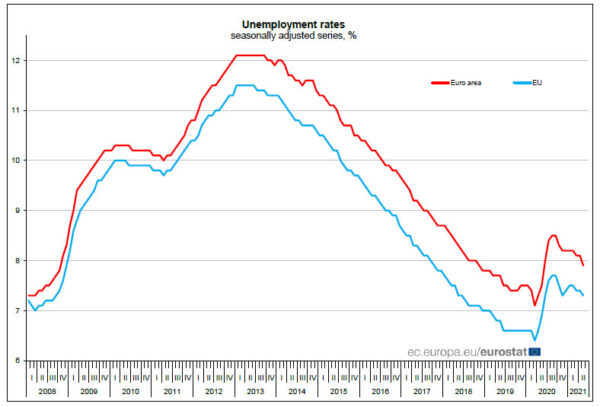
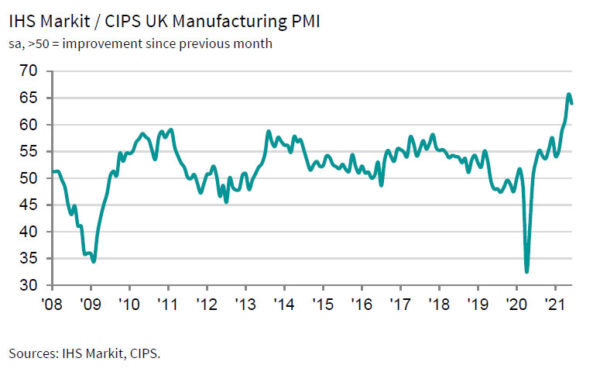
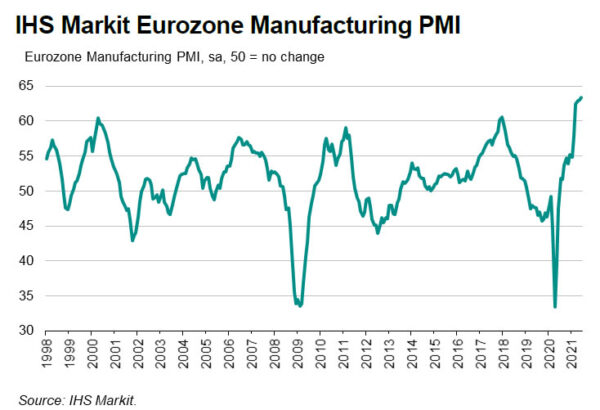
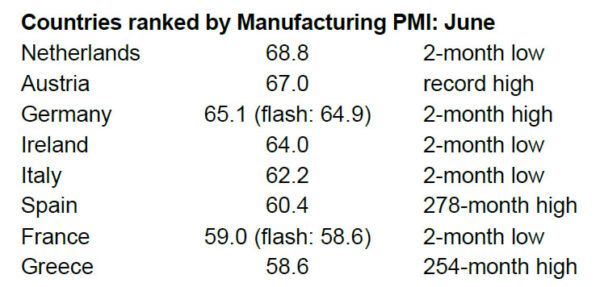
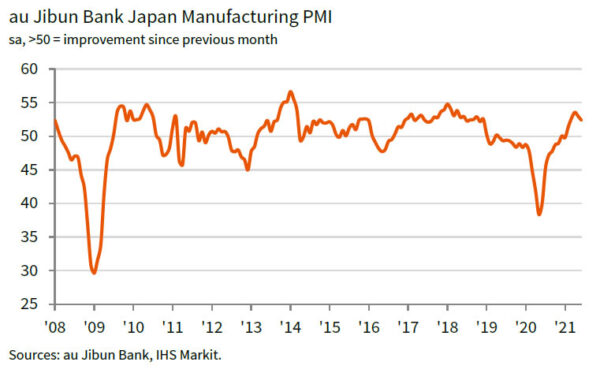

UK PMI services finalized at 62.4, composite at 62.2
UK PMI Services was finalized at 62.4 in June, down slightly from May’s 62.9. That’s still the second-highest reading since October 2013. PMI Composite dropped to 62.2, down from 62.9. That’s also the second-highest reading since January 1998.
Tim Moore, Economics Director at IHS Markit: “The service sector recovery remained in full swing during June as looser pandemic restrictions released pent up demand for business and consumer services. Sales growth eased slightly from May’s recent peak, but capacity constraints and staff shortages meant that many service providers struggled to keep up with new orders…
“The latest survey data highlighted survey-record rates of input cost and prices charged inflation across the service sector, reflecting higher commodity prices, transport shortages and staff wages. Imbalanced supply and demand was the main driver, while the roll-back of pandemic discounting by some service providers amplified the latest round of price hikes.”
Full release here.